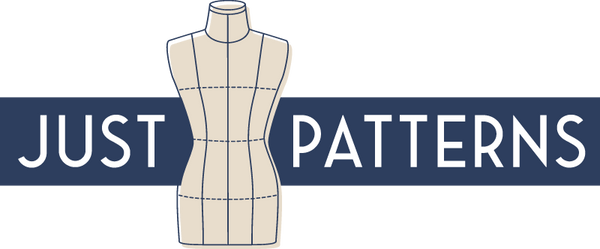Dear readers,As promised, I am back with a compilation of my favorite shirt making techniques and strategy. If you want to follow along, my first recommendation is to have 1 or 2 shirts with you for reference. I prefer men's shirts because they tend to have more elegant finishes than women's, at similar price points.Even top of the line Banana Republic, Ann Taylor and J. Crew can be used references (not the outlet type).My most important disclaimer is that I do not like David Coffin's book. I'm a bit irrational about it but I will not use it as a reference for this post.I know it's been tremendously helpful to a lot of you, I own it and I just don't like it. I even gave it away.The less important disclaimer is that you don't need to have sewn shirts before to use the techniques I will describe but you do need to have sewing experience and a good handling of your machine. I use an industrial Juki for the entire process (except the buttonholes) but there is no reason it wouldn't work on a home machine.If you tried my free pencil skirt pattern (see here to subscribe to the mailing list to get the latest version of the skirt and updates) you know that one of my goals is to engineer as much of the construction in the pattern as I can. It requires preparation before cutting for me it helps with clean results and make the construction a smooth process.The next post in the series will be about pattern changes but I first want to look into the features of the shirt so that you know the changes you want to apply and the ones you don't!
Flat-felled seams throughout
This includes side seams, underarm seam AND the armhole. Actually, the sleeve is attached first, so the underarm and the side seams are sewn at once since I prefer to attach the shirt sleeves flat.

French-seamed darts
I'm actually not sure how they are called but it's the principle of a french seam applied to a dart. It works well for deep darts and darts that extend all the way down to the bottom (or front) of the shirt.
Separate button band
A very common feature on my RTW shirts that I love the look of! It does require you to wok with different front left and right pattern pieces but since I cut single layer it's really not an issue !

Alternative pocket and placement
I will provide the pocket template I copied from a RTW shirt but I really recommend that you go in your closet and figure out which of your shirts has the best pocket size and placement for your shirt. I'm convinced that they make a huge difference when it comes to ensuring your shirt looks more professional!
2-piece sleeve placket
I think that traditional plackets are just so much nicer than the continuous bound type. For this step, I use a combination of Off-the-Cuff tutorial and and Fashion Incubator.
Cuffs attached and top stitched in one-go
This Fashion-Incubator technique is the way I do it and I don't think I will ever go back. I'm trying to implement it collars too but I haven't had the same level of success yet. The probability of this series being too ambitious for me is real, therefore I will not attach any time frame to it! It make take a month, a year, you never know!! What I can say for now is that I'm already working on the post detailing changes to the pattern. In the mean time, I would love to start a conversation here about shirt making here, please share your favorite resources and tutorials but also the ones you tried and did not work out!!
The probability of this series being too ambitious for me is real, therefore I will not attach any time frame to it! It make take a month, a year, you never know!! What I can say for now is that I'm already working on the post detailing changes to the pattern. In the mean time, I would love to start a conversation here about shirt making here, please share your favorite resources and tutorials but also the ones you tried and did not work out!!


